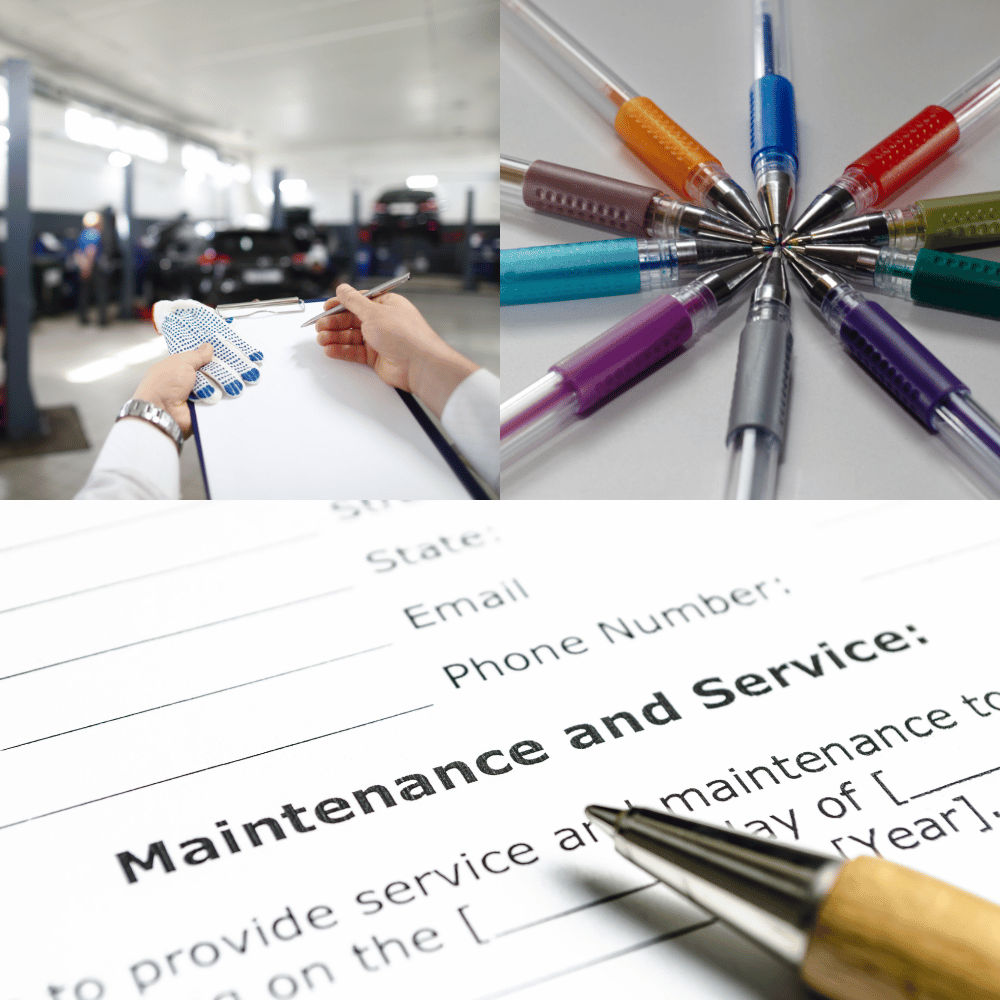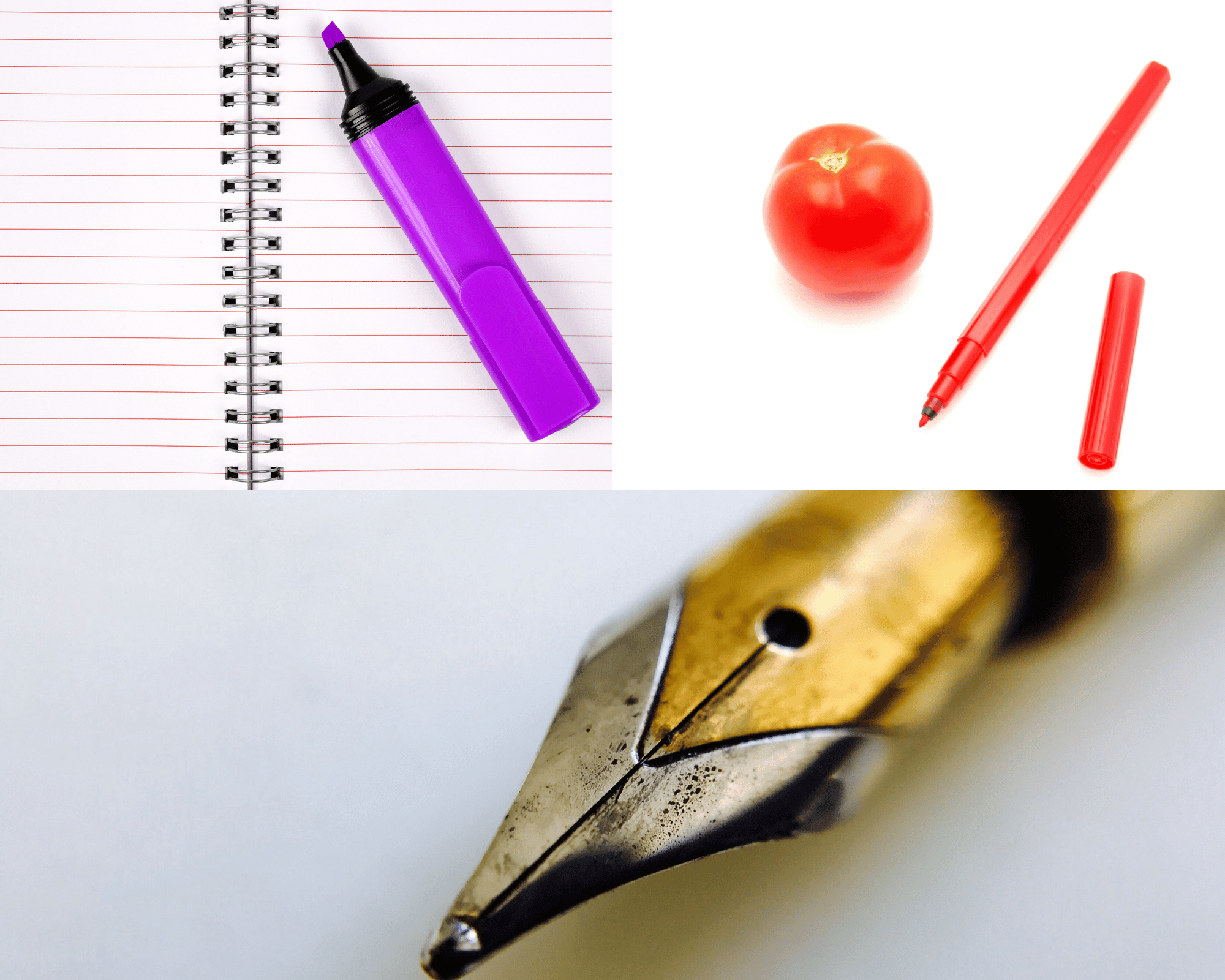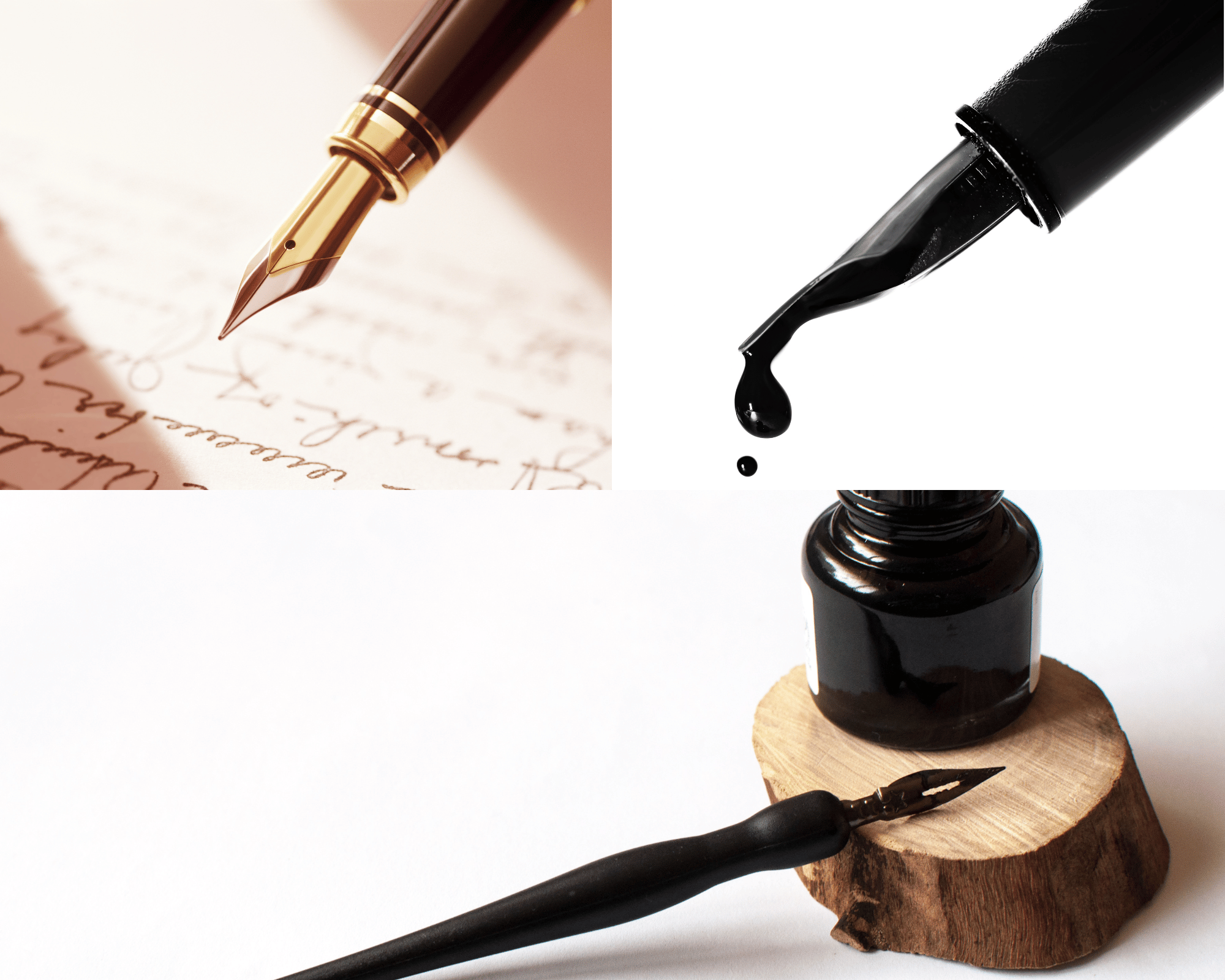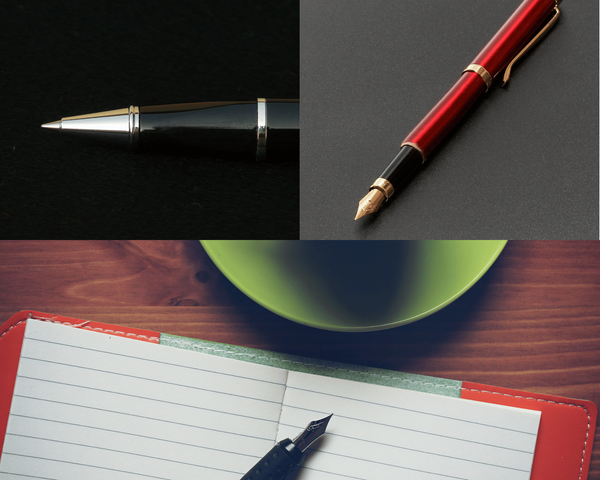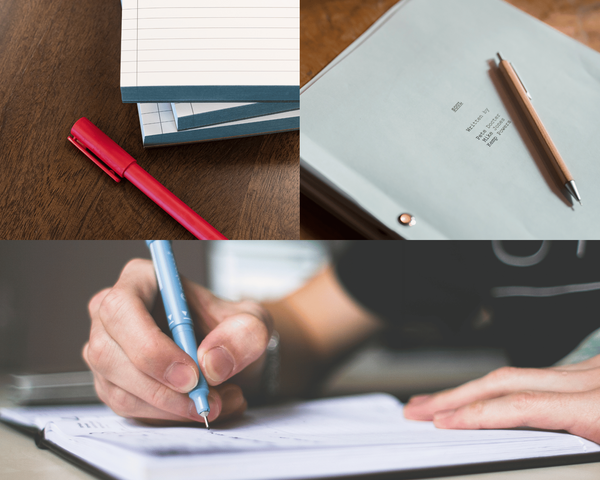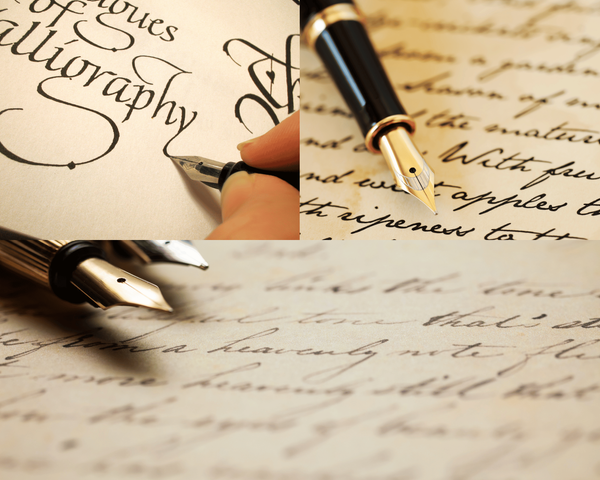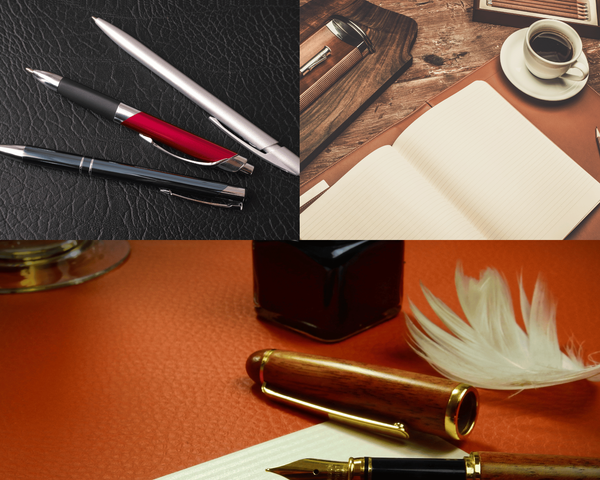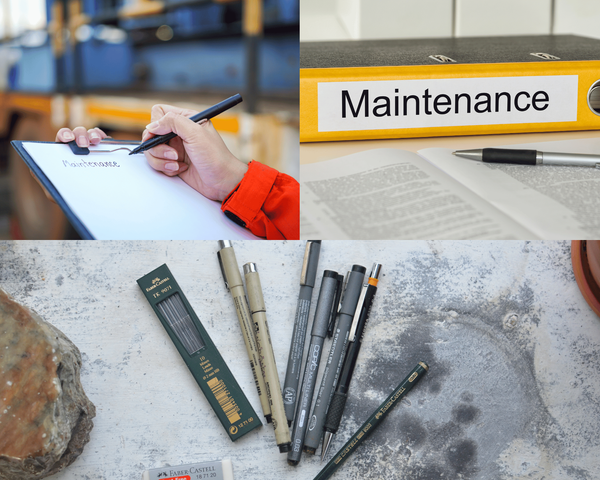Proper ink maintenance of pen is essential for ensuring your fountain pen remains in peak writing condition. This guide will walk you through key tips and techniques for cleaning and caring for your pen, helping you avoid common issues like clogging and inconsistent ink flow.
Key Takeaways
- Regular ink maintenance is key to keeping fountain pens functional and enhancing their longevity, with thorough cleaning recommended every 2-4 weeks for frequent users.
- Different types of fountain pens require specific cleaning techniques; proper disassembly and the right tools, like pen flush and a bulb syringe, are essential for effective maintenance.
- Avoid common mistakes like neglecting cleaning and using incompatible inks, as these can lead to clogs and damage your pens.
Importance of Ink Maintenance pen flush
Ink maintenance is the cornerstone of keeping your fountain pens in prime condition. Proper maintenance ensures that your pen delivers consistent ink flowing, preventing frustrating issues like clogging and uneven writing. Imagine writing an important note only to find your pen skipping and sputtering; this is often due to neglected maintenance.
Regular ink maintenance is not just about functionality but also about the longevity of your pens. Neglecting this crucial aspect can lead to dried ink and residual ink buildup, which can clog the delicate components of your pen. Specialty inks, such as shimmer inks, are particularly prone to causing clogs if not properly managed. Routine care guarantees that your pens stay functional and enjoyable for years to come.
Think of ink maintenance as a routine health check-up for your pens. Just as you wouldn’t skip regular health check-ups, your pens require consistent care to perform their best. This attention to detail not only preserves the writing quality but also enhances the overall lifespan of your pens.
When to Perform Ink Maintenance ink cartridge
Timing is everything when it comes to ink maintenance. For those who use fountain pens regularly, a thorough cleaning every two to four weeks is recommended to maintain optimal performance. For pens used heavily on a daily basis, quick rinses help prevent dried ink buildup.
For less frequently used fountain pens, adjust the cleaning schedule as necessary. Conduct a thorough cleaning at least twice a year. Clean pens before storing them for long durations to prevent ink from drying and blocking the flow.
The type of ink you use also plays a significant role in determining the cleaning frequency. Some inks are more prone to clogging and may require more frequent maintenance. Regular maintenance helps prevent the accumulation of stubborn clogs, ensuring your pen writes smoothly every time.
Basic Tools for Ink Maintenance
Having the right tools is half the battle in ink maintenance. Essential items for cleaning fountain pens include pen flush, a bulb syringe, and paper towels. These tools help in flushing out old ink and ensuring that your pen is free from clogs. Dish soap can also be useful for stubborn ink residues.
For cleaning shimmer inks, a soft toothbrush can be incredibly effective. A paper towel, napkins, or reusable microfiber towels are perfect for blotting excess ink without leaving lint. A bulb syringe is particularly useful for flushing pens that use cartridges without converters.
A polishing cloth helps in maintaining the appearance of your pens by removing small scratches from metal parts. Silicone grease is essential for lubricating moving parts like piston seals and cap threads, ensuring smooth operation. Always have a container ready for flushing pens, as ink can stain cups. If distilled water is unavailable, pen cleaning, rollerball pens, bottled or filtered water can be used for cleaning.
Cleaning Different Pen Types
Different types of fountain pens require specific cleaning methods to ensure proper maintenance. Whether you use cartridge-filling, converter-filling, piston mechanism, vacuum-filling, or eyedropper pens, understanding the unique cleaning needs of each type is crucial.
Let’s delve into the details of cleaning each pen type to keep them pen clean and ensure proper pen cleaning for writing smoothly.
Cartridge-Filling Pens
Cleaning cartridge-filling pens is straightforward but essential for maintaining ink flow. Start by removing the ink cartridge and rinsing the section, nib, and feed under cool water until the water runs clear. This process helps remove any residual ink that could clog the pen.
After rinsing, allow the pen to air dry completely. Only then should you reassemble it. This step is crucial to prevent any moisture from mixing with new ink, dried ink, clean fountain pens, which could cause flow issues or dilute the ink color.
Converter-Filling Pens
Converter-filling pens require a bit more care, especially when dealing with stubborn ink clogs. Fill the converter with pen flush, let it sit for ten minutes, and then flush it out thoroughly. This helps dissolve any dried ink that may have built up.
Disassemble the nib and feed for a more thorough cleaning process, treating each part individually. This is particularly useful for removing shimmer inks that can cling to the feed. Regular cleaning ensures the ink flows smoothly and prevents clogs.
Piston Mechanism Pens
Cleaning piston mechanism pens involves filling the pen with water and shaking it to dislodge any residual ink. This method ensures that all ink particles are flushed out, maintaining the pen’s smooth performance.
If your piston pen can be disassembled, consult the manufacturer’s manual for instructions on how to do so safely. Thoroughly flush and dry the pen to prevent any ink residue from clogging the pen in the future.
Vacuum-Filling Pens
Vacuum-filling pens can be more challenging to clean due to their complex mechanisms. Start by rinsing the barrel and front section under running water until clear. For pens that use oil-based inks, soapy water is an effective cleaning solution.
After cleaning, it’s crucial to let all components dry thoroughly to avoid rusting. An ultrasonic cleaner can also be used to clean pen components by placing them inside for a couple of hours for optimal results.
Eyedropper Pens
Eyedropper pens require careful cleaning to avoid ink leaks. Fill the barrel with water and use a squeeze bulb to force the water through until it runs clear. This method ensures that all ink residue is removed from the pen.
Apply a thin layer of silicone grease to the threads after cleaning to ensure a tight seal. These steps help maintain your eyedropper pen in good condition and enhance its longevity and performance.
Dealing with Special Inks
Special inks, such as waterproof and shimmer inks, have unique properties that require specific cleaning techniques. Understanding how to deal with these inks ensures that your fountain pens remain in excellent condition even when using more challenging ink types.
Waterproof Inks
Waterproof inks, including pigment-based and iron gall types, can be particularly challenging to clean due to their strong bonding characteristics. These inks adhere tightly to pen components, making regular cleaning essential to prevent clogs.
Using a dedicated pen flush solution or a mixture of water and ammonia with a few drops of dish soap can effectively break down the waterproof ink residues. Ensuring thorough cleaning will keep your pens writing smoothly.
Shimmer Inks
Shimmer inks add a beautiful sparkle to your writing but require meticulous cleaning to avoid clogs. Soaking nib units and using ultrasonic cleaners can help dissolve stubborn residues. When using shimmer inks, regular cleaning prevents particles from clogging the feed.
A dedicated shimmer ink cleaner can also be used to ensure thorough cleaning without damaging the pen.
Advanced Cleaning Techniques
For those times when regular cleaning isn’t enough, advanced techniques can come to the rescue. Warm water is excellent for dissolving dried ink, and a mixture of vinegar and water can act as a natural solvent for stubborn ink.
Soaking the nib and feed components in a cleaning solution helps loosen ink residue, making it easier to remove. A solution of 10 parts water, 1 part ammonia, pen materials, ink flowing, ink stains, and a few drops of dish soap works well for waterproof inks.
Ultrasonic cleaners are also recommended for deeply embedded ink particles. A consistent cleaning routine can significantly extend the lifespan of your writing instruments.
Storing Your Pens
Proper storage of fountain pens is crucial to prevent ink from drying out and to maintain their condition. Storing pens horizontally helps maintain ink flow and keeps the nib moist. Avoid storing pens vertically, as this can cause the ink to retract back into the barrel, leading to drying out. Storing pens nib-down is also not advisable as it can cause ink to pool in the cap, leading to potential leaks and clogs.
Keep your pens in a cool, dry environment, away from direct sunlight to avoid ink degradation. Empty the ink for long-term storage to prevent potential damage. Always cap your pen when not in use to prevent the ink from drying out.
Common Mistakes to Avoid
Neglecting to clean your pens is one of the most common mistakes, leading to ink residue buildup and impacting performance. Understanding your pen’s anatomy assists in effective cleaning and maintenance.
Avoid applying excessive pressure on the nib, as this can damage it and alter writing performance. Using incompatible ink types can also lead to blockages and damage the pen’s mechanism. Proper handling, such as avoiding dropping the pen or losing the cap, is crucial to prevent significant damage.
Summary
Maintaining your fountain pens through regular ink maintenance is essential for optimal performance and longevity. From understanding the importance of cleaning to mastering advanced techniques, taking care of your pens is a rewarding practice.
By following the tips and techniques outlined in this guide, you can ensure your writing instruments remain in excellent condition, ballpoint ink, cleaning fountain pens providing a smooth and enjoyable writing experience every time.
Frequently Asked Questions
How often should I clean my fountain pen?
You should clean your fountain pen every two to four weeks if you use it regularly. A quick rinse more frequently can help avoid dried ink buildup.
What tools do I need for cleaning my fountain pen?
You'll need pen flush, a bulb syringe, paper towels, and a soft toothbrush to effectively clean your fountain pen. These tools work wonders in flushing out old ink and getting rid of any stubborn residue.
What are the best practices for storing my fountain pens?
The best way to store your fountain pens is horizontally to ensure proper ink flow and keep the nib moist. Remember to cap them when you're not using them to prevent drying out!
How do I deal with stubborn ink clogs in my pen?
To tackle stubborn ink clogs in your pen, soak the nib and feed in a cleaning solution, or use a bulb syringe for more stubborn jams. If that doesn't help, an ultrasonic cleaner might just do the trick for those deep-seated ink particles.
Are there special considerations for cleaning shimmer or waterproof inks?
Absolutely! For shimmer inks, soaking and possibly ultrasonic cleaning are essential to remove those pesky particles, while waterproof inks usually need a dedicated pen flush or a mix of water, ammonia, and dish soap for effective cleaning.
